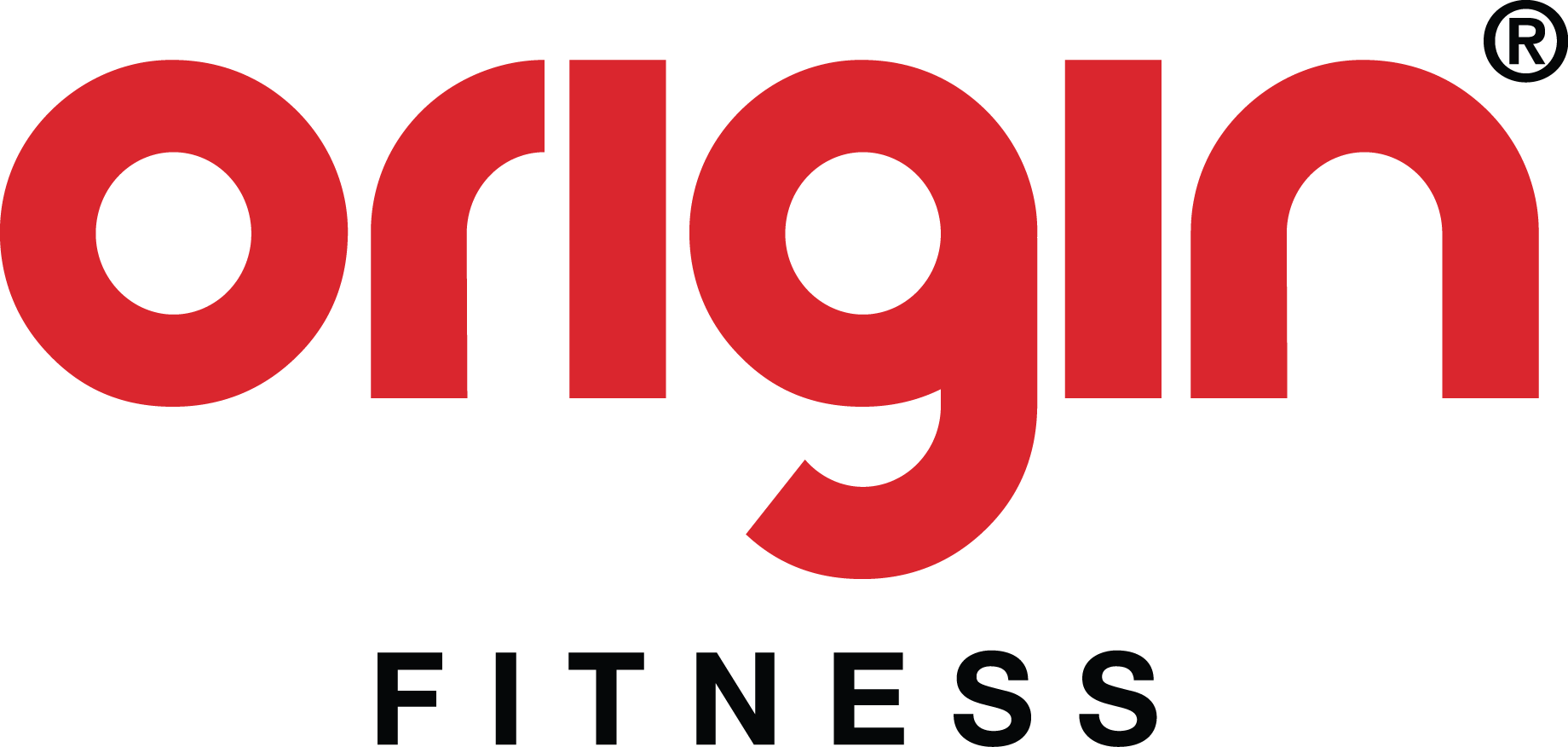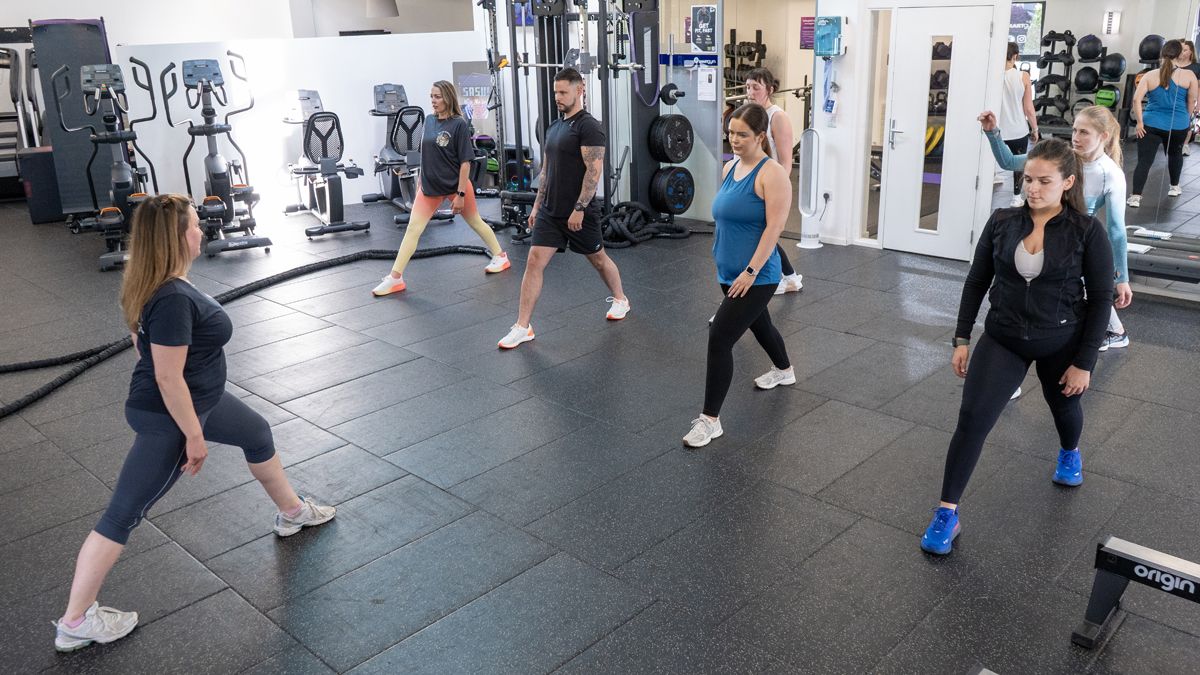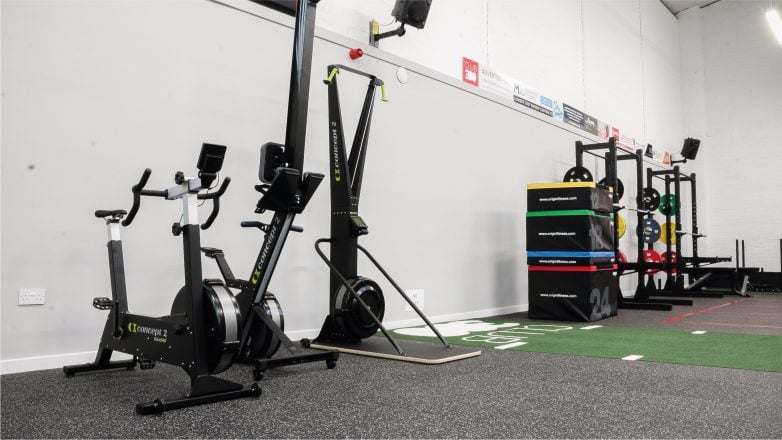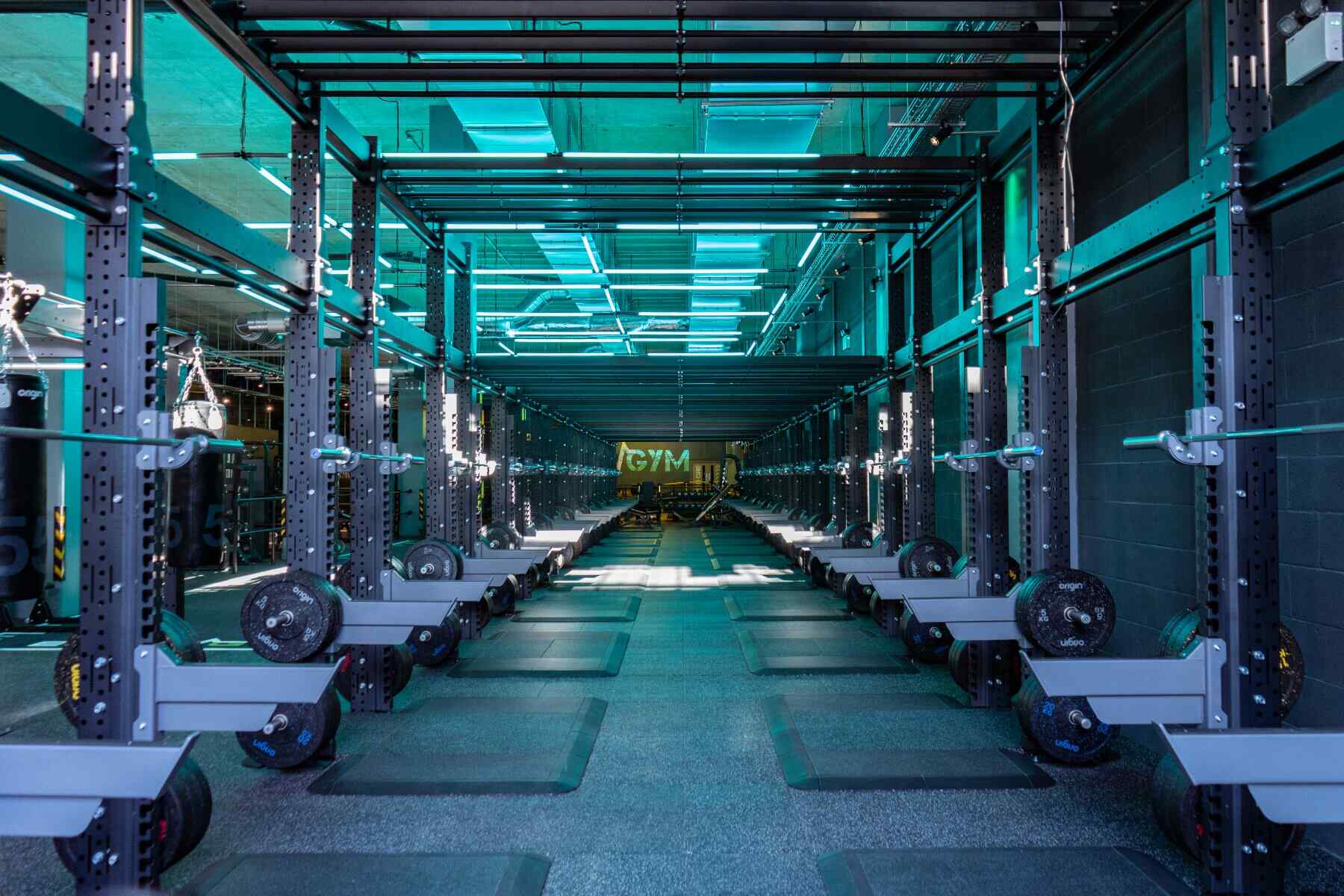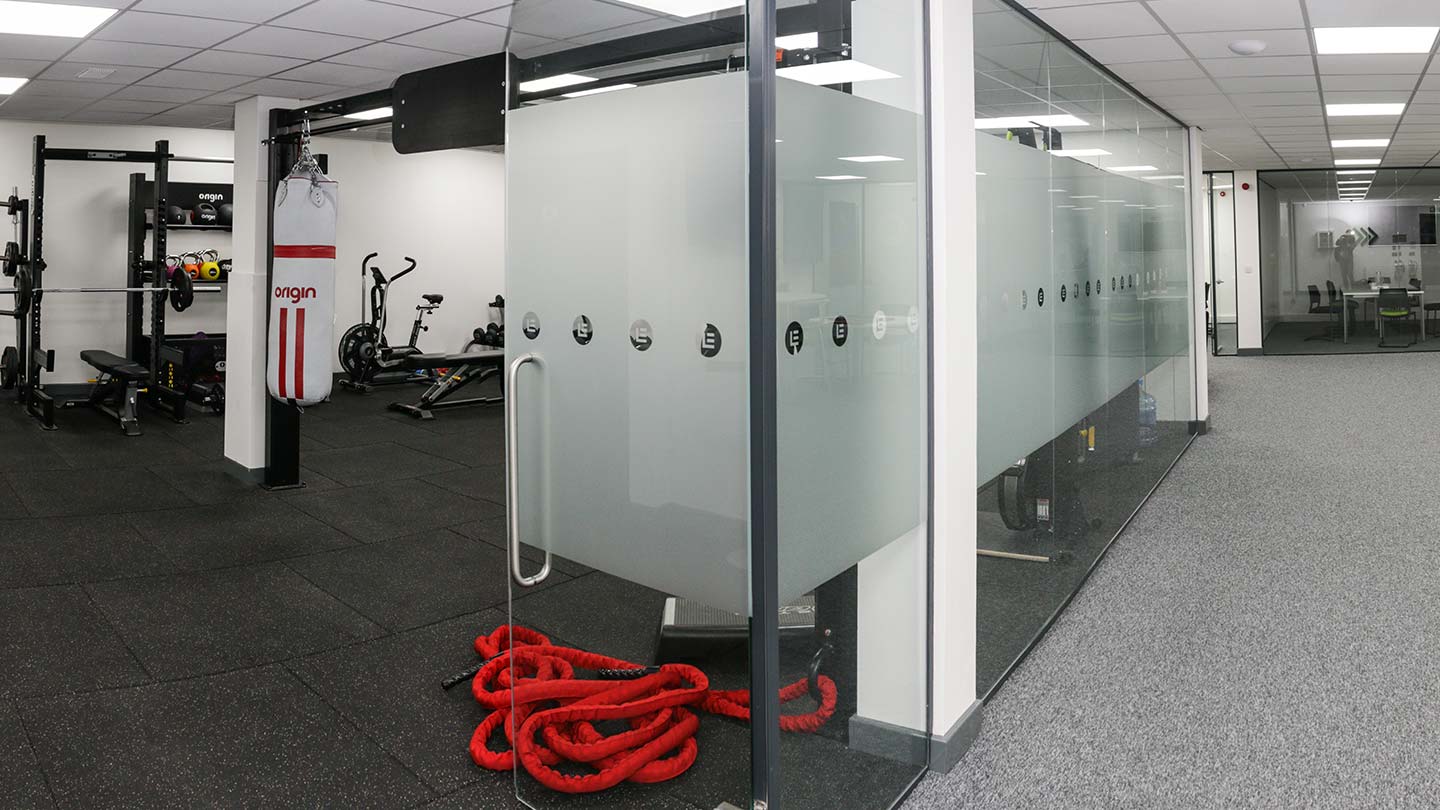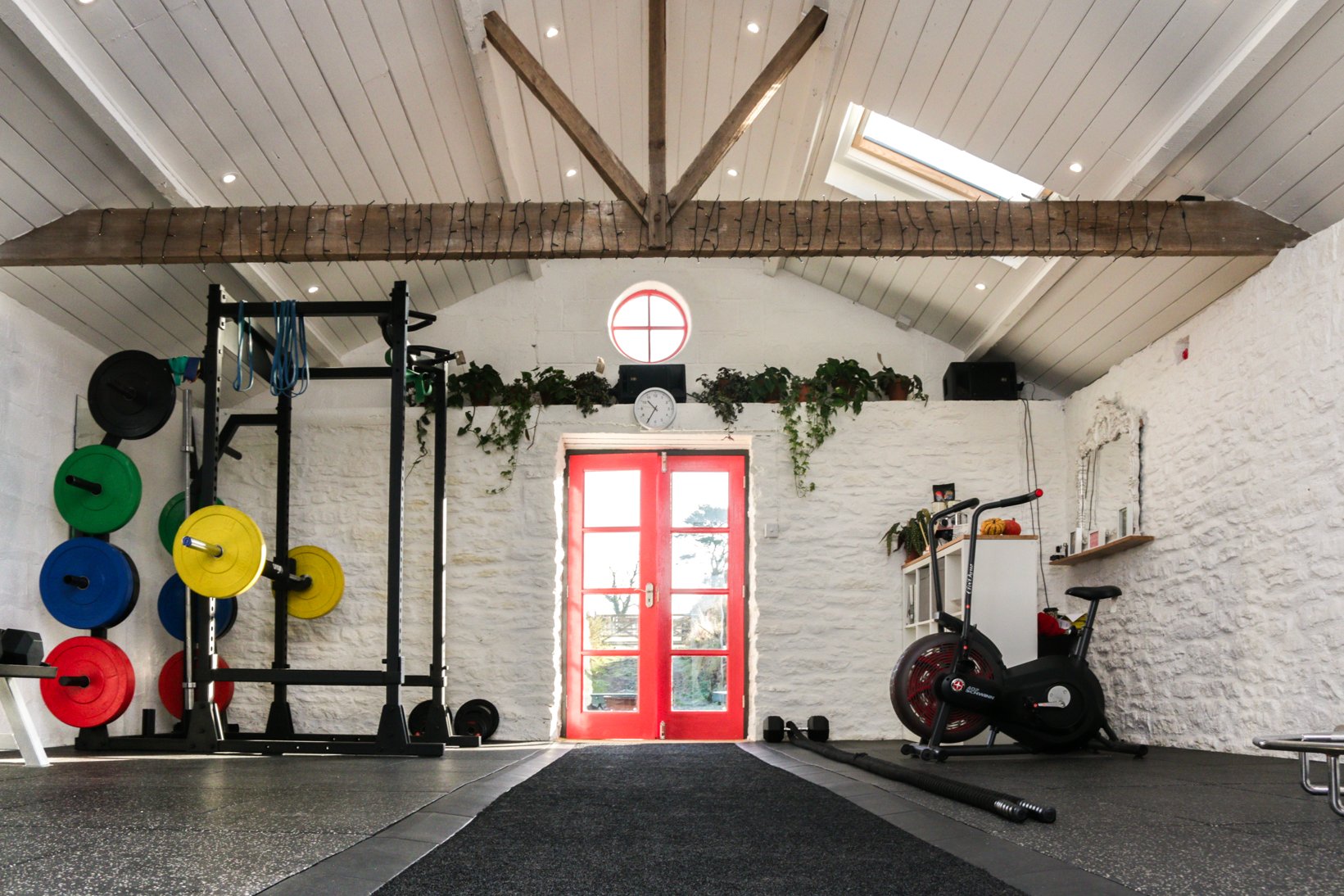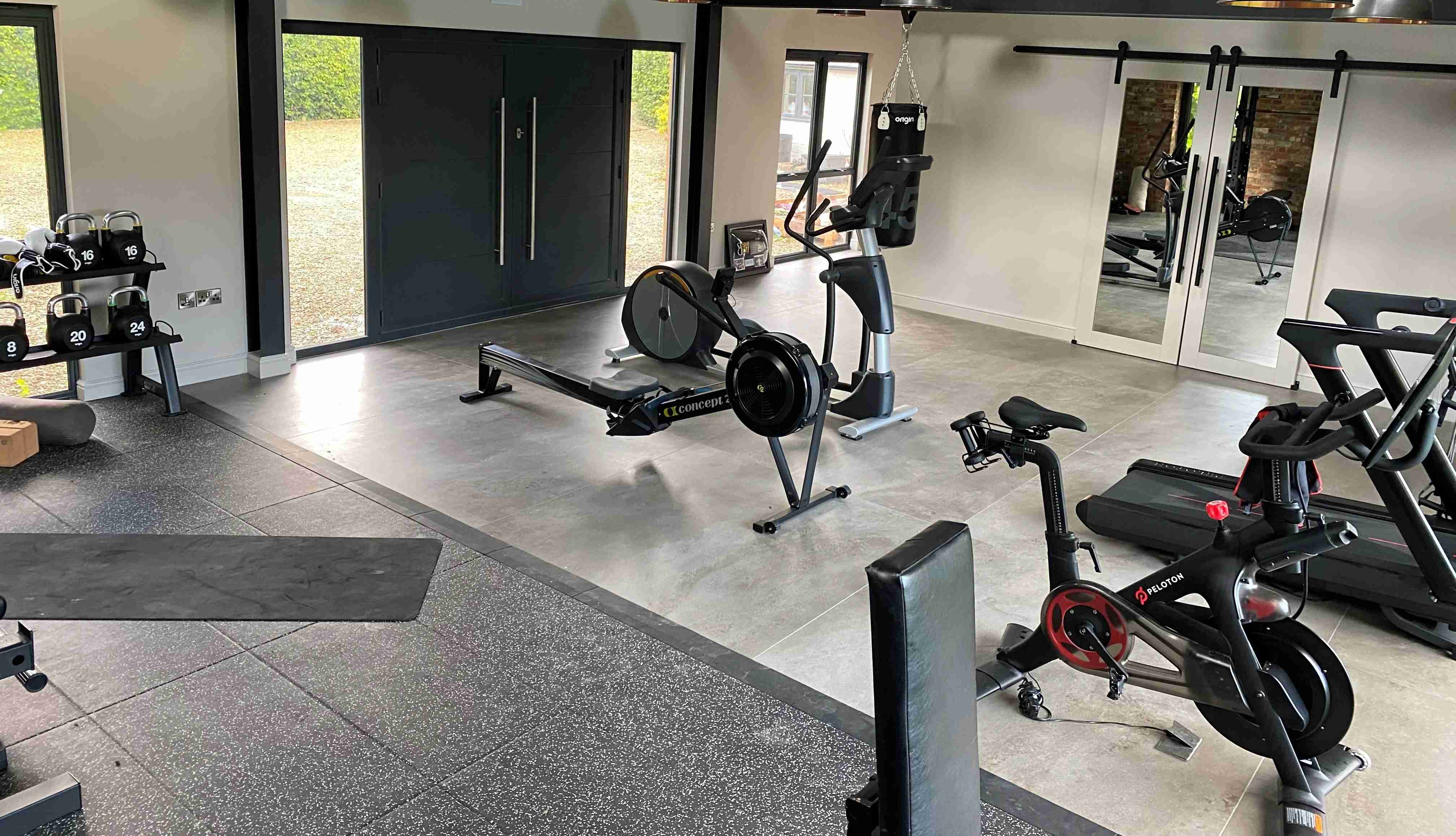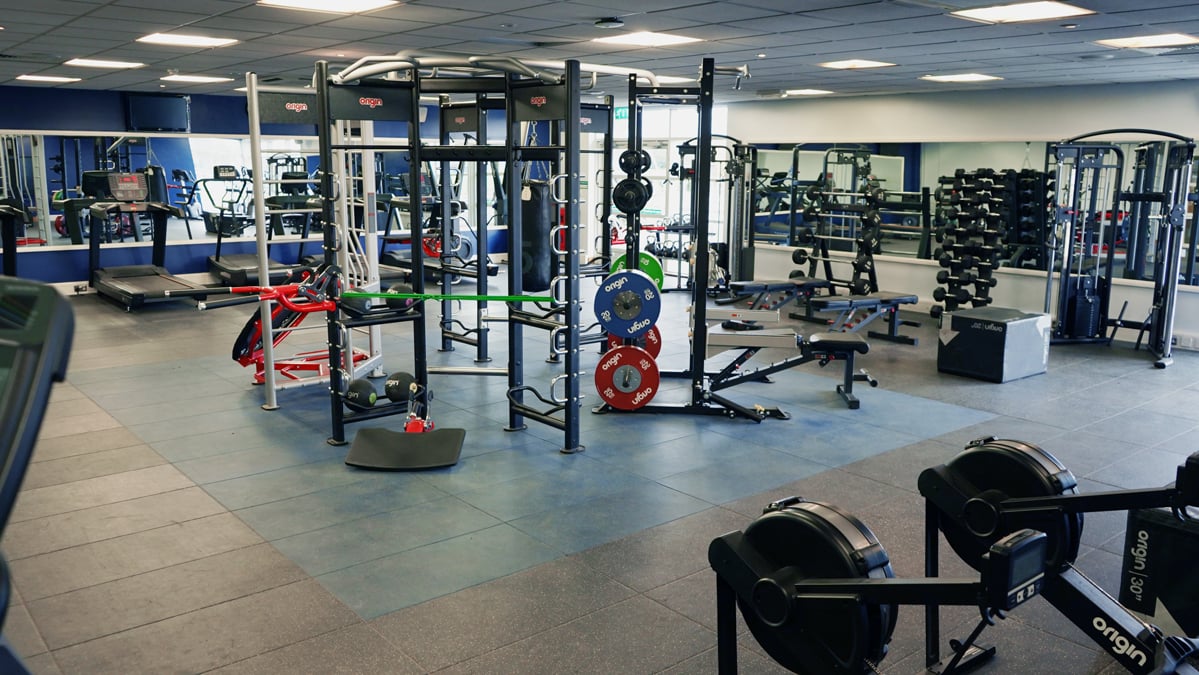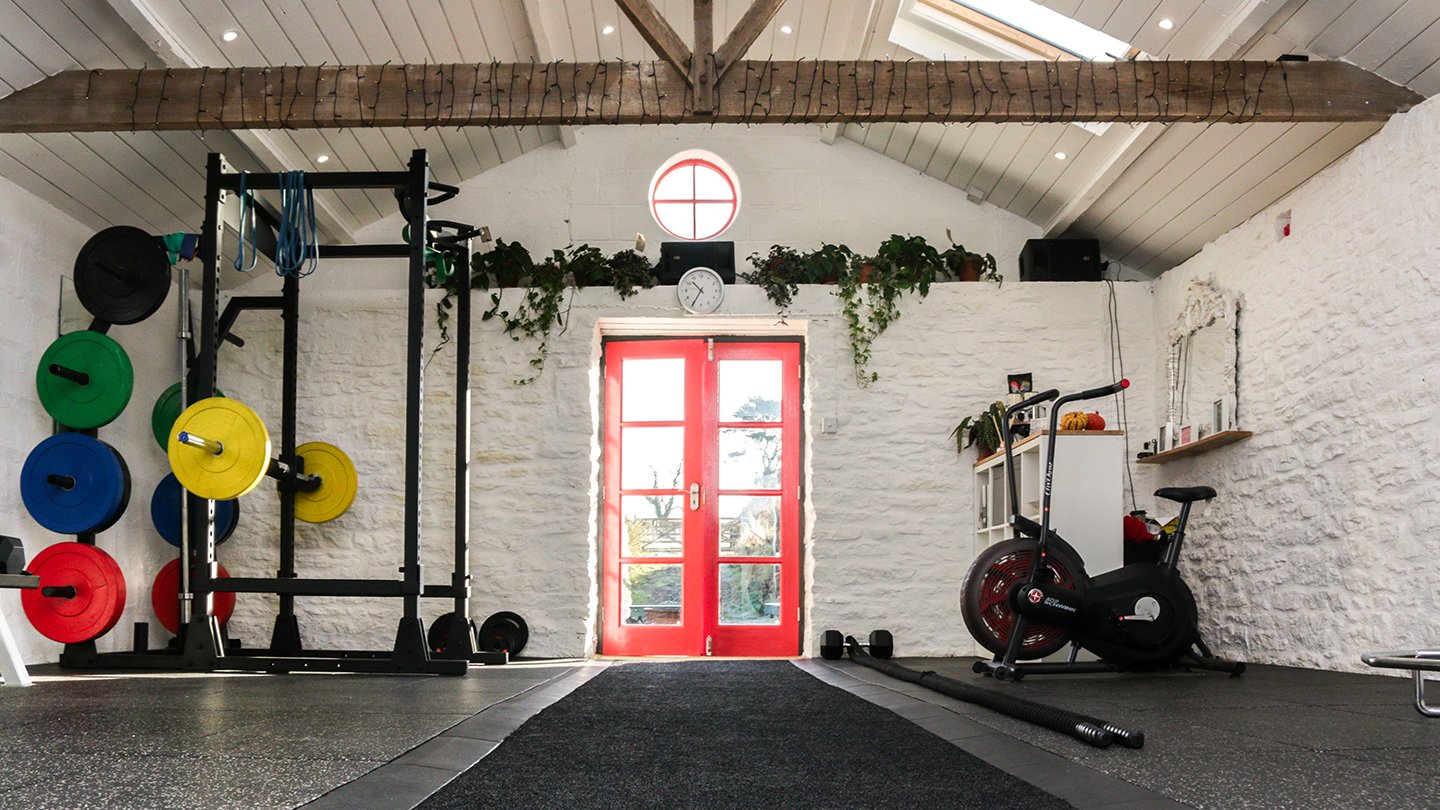0%
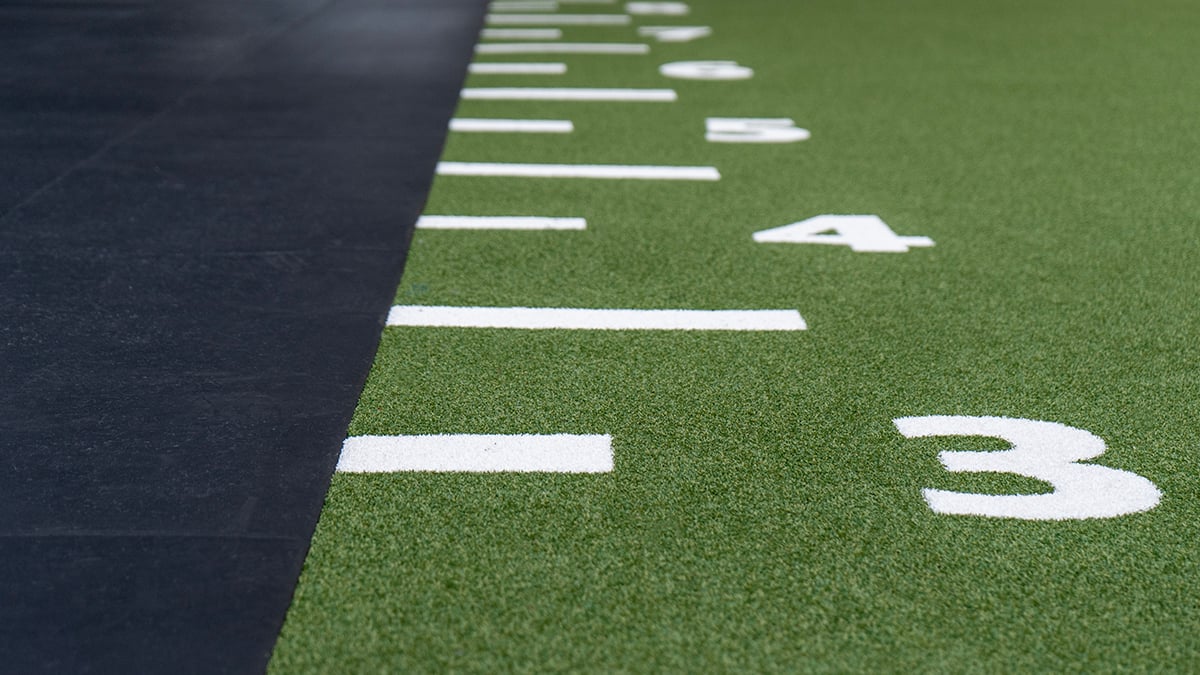
Gym flooring should be at the forefront of your mind when you are thinking of setting up a new or refurbishing an existing, fitness facility. To help you purchase the most suitable type of flooring, we have set up this gym flooring buying guide.
Far too often, we find that buying gym flooring is left until the very last moment. Fitness flooring is a speciality, like the specification of free weights, cardio or functional zones. Although it isn't considered the most exciting part of creating your gym, it needs to be a part of the early planning.
Plan How You're Going to Use the Space
When you initially create a layout for your gym, consider the space you have or wish to use for each zone. Don't start with choosing equipment, start with the zones or areas you want to include in your gym and the percentage of space you wish to allocate to each zone. Then think about the types of equipment you wish to put into each zone to identify the right flooring solution.
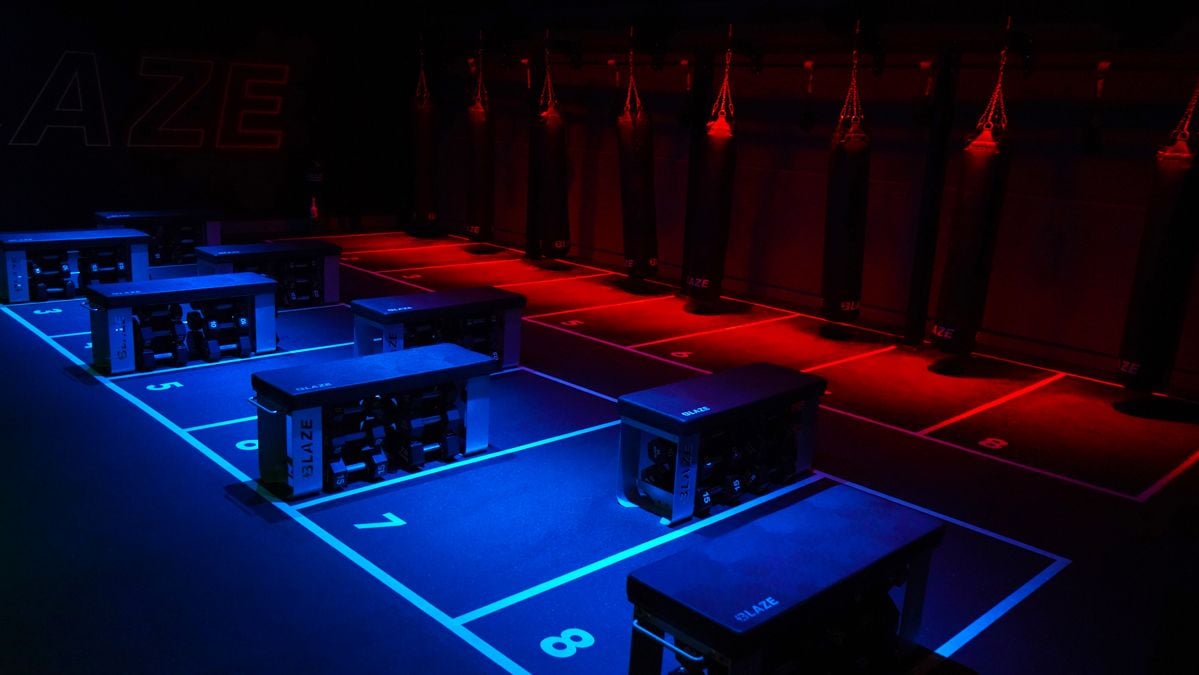
Survey Your Existing Floor
It is important to be aware of the current flooring in the space. You will need to investigate the top layer as well as the flooring construction itself. Is the floor concrete, a raised floor or wooden? Determine whether the floor requires any preparation in advance of laying.
Underlay
Underlay is an insulating barrier installed between the structural flooring and the gym flooring you wish to install.
The type of underlay will completely depend upon the level and intensity of usage within the zone or area of the gym. An underlay will be required in certain zones if the equipment or floor will be at risk of damage. Free weights areas are likely to require an increased level of impact absorption and will therefore need a thicker underlay. In any area where there is a risk of impact to either the floor or equipment, an impact absorption underlay should also be laid.
Gym Flooring and Equipment Life Cycle
Fitness equipment will often be considered to have a three, five or seven-year life cycle. This depends upon the usage, brand, and specifications. We would recommend giving the life cycle cost of the flooring consideration at the fit-out stage. This means you don't have to replace the flooring in advance of the equipment in the gym, which could cause a great deal of inconvenience.
What Type of Flooring?
The next question you need to ask yourself is…How is the flooring going to be installed?
There are two main types of gym flooring:
Rubber Floor Tiles
For medium to thicker flooring (anything above 10mm), simple square rubber tiles are the preferred option. It's important that tiles are laid professionally as they will often have to be fastened to the floor. The reason for this is that because they are not interlocking. The edges need to be accurately fastened to ensure there are no gaps or imperfections.
Very heavy rubber gym flooring tiles can also be secured using joining plates. However, they will still need to be laid professionally to ensure an even finish.
The Origin 20mm Premium flooring tile is a fitting example of rubber floor tiles. It’s great for studio spaces, functional training zones and stretch areas. It not only has a stable hard-wearing top, but it also reduces force and impact when equipment and you hit the floor. Although, note that this tile is not suitable for any High Impact drop zones such as a free-weights area, strength and conditioning zone or Olympic Lifting. The Origin 40mm High Impact tile is much more suited to these styles of training and helps protect the floor and equipment to a much larger extent.
The advantage of rubber flooring is that it requires little maintenance when compared to other solid flooring solutions. Which is a bonus for operators.
Flooring Rolls
Rubber flooring rolls are often a cheaper option than tiles but require bonding which can increase the price significantly depending on the size of the space and can be labour intensive to fit.
Gym flooring rolls are sometimes preferred because they give a smoother look to the surface of the floor because there are fewer joins. Fewer joins also mean there is less chance of gaps forming or becoming loose through following usage. This requires a near perfect sub floor to ensure that sleek finish.
The Origin Premium 10mm Flooring Roll is a great option for those looking for smooth finish. It’s not only durable and resilient, but it also is more environmentally friendly than other options, due to the materials used. Perfect for any gym, aerobic area, public area or building entrance.
Gym Floor Colour and Custom Designs
As well offering a massive range of colour options, some of the industry’s most innovative manufacturers have begun offering fully bespoke options. These can include training aides like boxes, agility ladders and functional zones. Bigger designs such as the indoor tracks we installed for Volt Gyms can be a great option. There have even been companies developing ranges of flooring which integrated lighting panels to create innovative new workout options.
Make sure to carefully consider the colours of your flooring per zone. Keep in mind the type of activity that will be carried out and how it fits in with the rest of the decor, as well as the cleaning this zone may require.
With manufacturers using differing techniques for dyeing rubber flooring, it's not uncommon for some poorer quality rubbers to become discoloured after relatively little use.
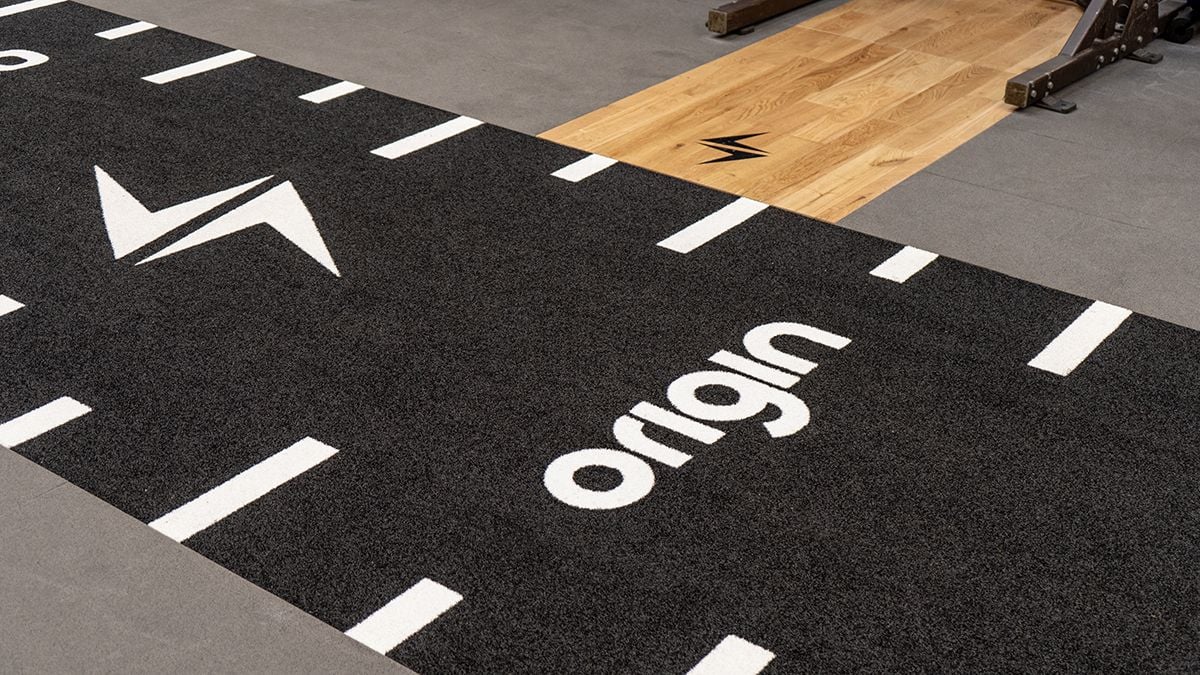
Integration, Edging and Cornering
Another aspect to look at is how flooring merges with the rest of the floor around it. Movement between zones needs to be reviewed carefully when conducting your planning to reduce trip hazards. If corners and edges aren't where the floor meets the wall, then you will need to look at buying extra corner and edge tiles.
Budget
As always, premium and budget options are available. It is important to weigh up quality and cost against each other. Flooring may seem expensive at first glance. However, when you consider the value of the floor underneath and the equipment it is there to protect, you will realise it is a necessary expense.
It is also critical to not just consider the initial cost of the flooring but the usage of each zone and the lifespan of the flooring. Some flooring may be more expensive but could last twice as long, thus working out as a less expensive option over its lifetime.
The most important consideration for anyone thinking about buying gym flooring is simply; what will the space be used for? To try and help, we’ve broken the types of gym flooring available down into three categories:
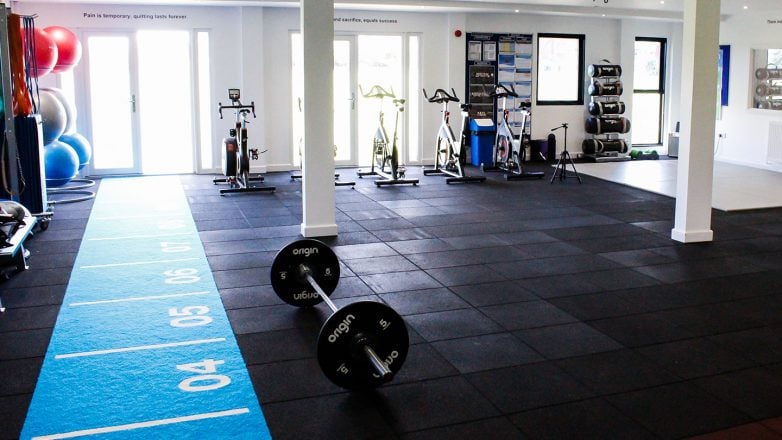
1. Fitness Flooring
Fitness flooring or functional flooring needs to be versatile and high performing. This can often incorporate a functional rig within the space. The flooring required for this will ideally protect the floor below and provide some impact absorption for the equipment and the user. Often, this area will have markings designed and cut into the flooring. Examples of this are ladders and movement circles. You will always get some people trying to use this as a free weight area by bring over heavier weights. Please note that if this does happen it will have a detrimental effect on the flooring.
In areas where there will be little heavy weights usage, we would recommend tiles between 6mm and 10mm. This is to protect the floor and equipment from accidental impacts.
One important feature of this type of flooring is that it needs to be moisture resistant. When rubber flooring tiles aren’t adequately water resistant it can lead to an unpleasant and unhygienic environment. There also needs to be a proficient level of grip so dynamic movements can be performed safely.
2. Free Weights Flooring
Specific free weights flooring is essential for any area on which heavyweights are likely to be dropped. Free weight flooring is the thickest we would recommend for home or commercial use and will be at least 20mm thick.
Free weight flooring in gyms tends to be 500cm x 500cm square, dense black tiles. This tile comes in three thickness options: 10, 20 or 40mm. While the 10mm thickness will realistically only protect the floor below and not the dumbbell or weight plate, the 20 and 40mm will protect both the floor and the products to a degree.
The impact absorption in this flooring can be limited so when a weight hits the floor the shock isn't fully absorbed. The shock goes back into the weight and will over time shorten the life of the weight. We would strongly recommend a flooring solution that has additional thickness or a design to allow for increased impact absorption.
Free Weight flooring is the most heavy duty of the types of flooring available. It will withstand the largest impact and volume of wear. If you are in a residential environment, the vibration and clatter of weights hitting the ground will be extremely off-putting. Good free weights flooring will minimise vibrations and reduce the noise of impact.
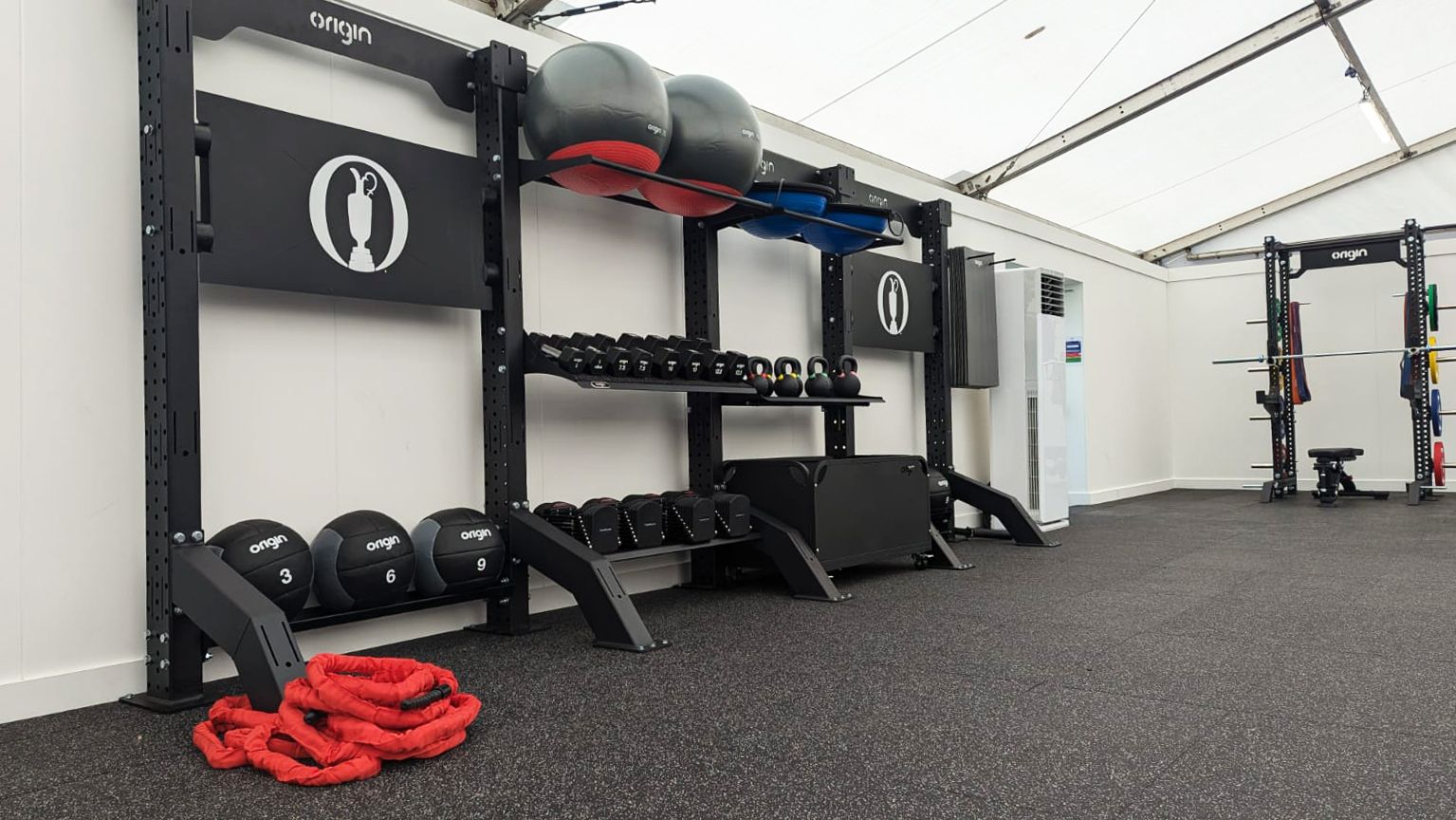
3. Sprint Track Turf
A fast-growing flooring option is a Sprint Track Turf, or Astro Grass. This type of flooring allows users to carry out prowler and sled work indoors.
These tracks are created from a hard-wearing plastic, sown into a mesh to mimic the resistance of grass. This type of flooring is very thin (no more than 10mm) and offers no impact absorption. However, these tracks are available in many colours and are completely customisable with floor markings. Which makes them visually impressive as well as highly versatile.
Home Gym Flooring Solutions
The type of equipment you have installed within your home gym would be the main decider on the flooring suggested. We would recommend installing rubber flooring, whether this be a 20mm flooring tile, 40mm flooring tile or even a 10mm roll. Rubber flooring will provide you with more grip whilst working out, it allows you to perform dynamic moves and protects your equipment.
Rubber flooring is a great option for home gyms as it helps minimise the noises/vibration of any weights dropping to the floor, is durable and reduces the impact on your equipment hitting the floor.
For more tips on home gym flooring, check out our blog: Home Gym Flooring Guide..

Other Flooring Solutions
Some places opt to use a hard-wearing thin carpet under fixed resistance machines or in other areas. The difficulty you face when using carpeted areas is that they are far harder to clean than solid flooring and can become unpleasant after a while.
Linoleum and real wood flooring are also used in some gyms and sports centres. The downside of using one of these classic types of flooring is that they provide low impact and noise absorption. They also don't provide a particularly good grip.
Most treadmills and indoor cycles that we sell are purchased with a mat to add further protection for the equipment and floor. Protective cardio equipment mats are ideal for home equipment that isn't in a permanent position. These PVC mats are about 6mm thick and provide great grip and protection for the flooring underneath your equipment.
First published on: 26th January 2022 by Erin Lee. Updated on: 8th August 2024.
